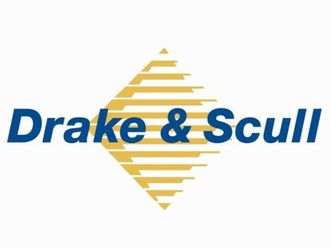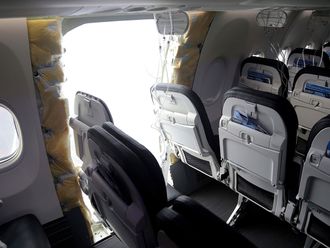DUBAI
Want to “print” out a full-fledged skyscraper? Now, a Dubai-based firm says this is very much within the realms of 3D printing possibility.
“When we first thought of implementing 3D printing technologies, we were mostly thinking of houses and low-rise buildings,” said Chris Kelsey, CEO of Cazza, a start-up. “Developers kept asking us if it was possible to build a 3D printed skyscraper. This led us to begin researching how we could adapt the technologies for taller structures.”
That means using a new building method called “crane printing”. It will use cranes with added sections that Cazza designed specifically for building 3D printed structures 80 metres and above.
The process includes all major structural components required for tall buildings such as reinforcements with rebar. The cranes will focus on 3D printing parts of the building that are efficient to print and the rest of the building will be completed through existing methods.
“The crane printing system can be easily adopted with existing cranes which means we don’t have to build cranes from scratch,” said Fernando De Los Rios, Cazza’s Chief Operating Officer. “We are adding new features to make it adaptable to high wind speeds along with the use of our layer smoothing system that creates completely flat surfaces. You won’t know it’s 3D printed.”
According to a statement, Cazza said it had received numerous buyout and investment offers from companies. This included a recent one for Dh142 million buyout offer from an unnamed Saudi developer. Cazza said it is likely not to sell anytime soon but would be open to investments from the right partners.
“Through our technologies, we will be able to build architecturally complex buildings at never-before seen speeds,” said Xavier Hernand, one of Cazza’s mechanical engineers. “It is all about economies of scale where the initial high technology costs will reduce as we enter the mass-production phase. The material side leaves limitless possibilities with concrete and steel being just one of many materials that can be used with 3D printing.”












